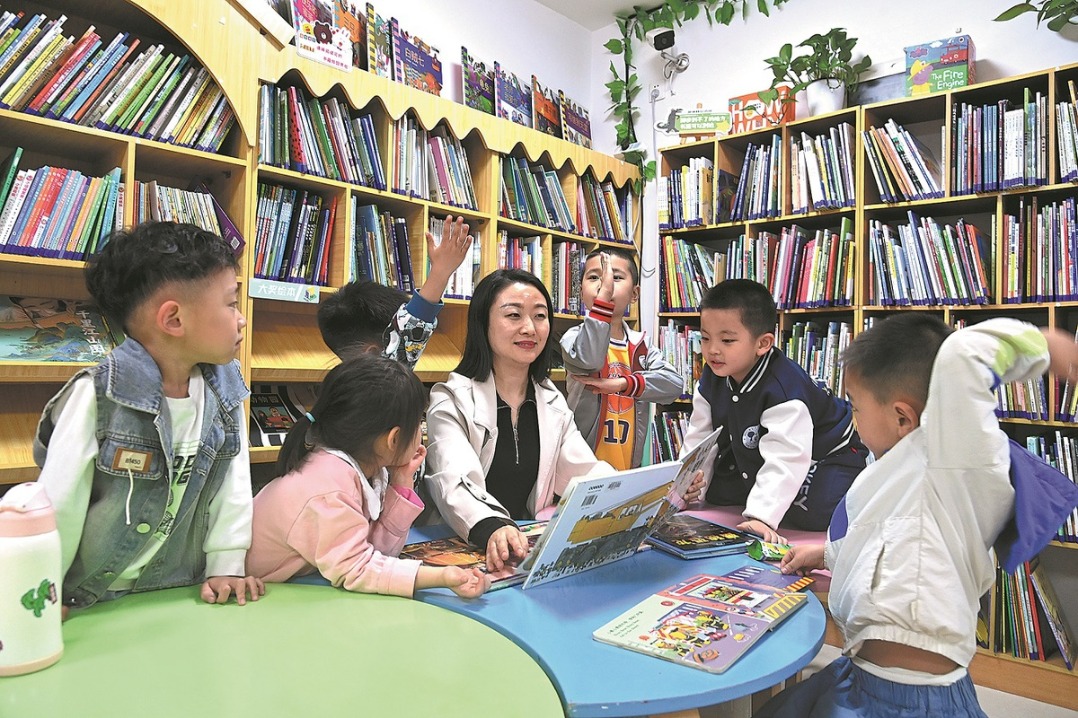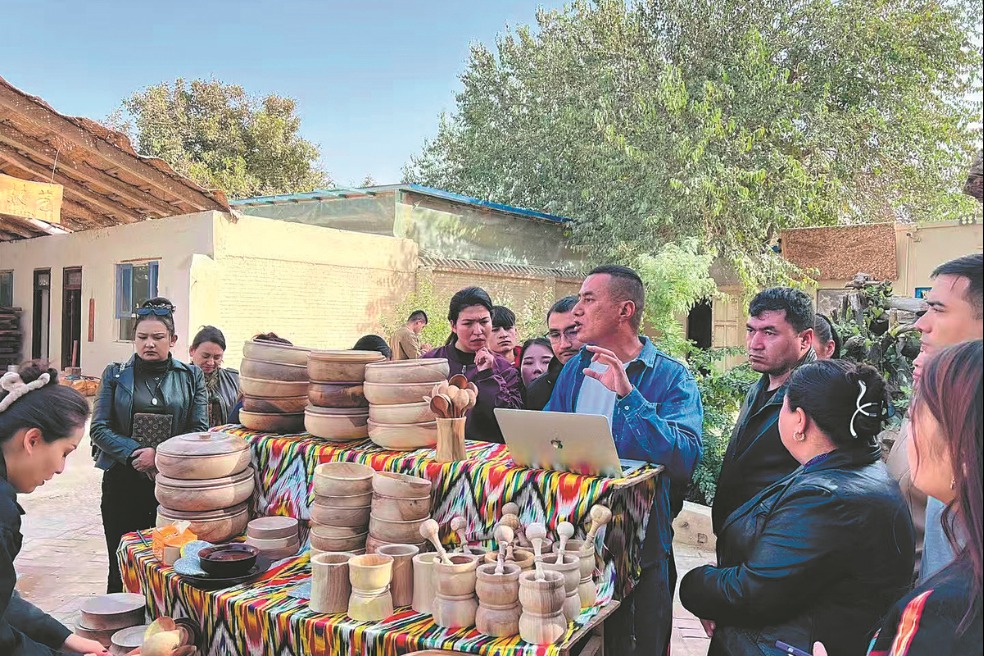A success story held by a stitch
By overcoming challenges, national-level inheritor merges traditional embroidery techniques with innovation, teaching others and attracting international brands, Huang Zhiling and Peng Chao report in Chengdu.

Yang Huazhen, 67, a national-level inheritor of Tibetan weaving and cross-stitch embroidery techniques, vividly recalls how she created her first embroidery piece.
"When I was 8, my father took me to visit a friend whose daughter had a lovely doll bought in Chengdu, the provincial capital of Sichuan," she says. "I couldn't help thinking about that doll and had dreams about it smiling at me."
She found some fabric that her mother set aside to make new clothes, cut it into pieces and sewed herself a doll with a needle and thread.
"My mother was angry that I took the fabric and, that Chinese New Year, I had no new clothes to wear. However, looking at my doll, whose smile was crooked and eyes were mismatched, I felt very happy," she says.
Yang was born in a village in Xiaojin county of the Aba Tibetan and Qiang autonomous prefecture in Sichuan province, where Tibetan and Qiang people live together.
In her village, girls are expected to master the thousand-year-old Tibetan and Qiang weaving and embroidery techniques, a fusion of Tibetan weaving, cross stitching and Qiang embroidery, along with tea and meal preparation skills after the age of 10.
"Unlike the four famous Chinese embroidery styles, which are known for their ornamental value, Tibetan and Qiang embroideries are more practical as they are meant to be worn," she says.
The four famous Chinese embroideries are the Shu embroidery in Sichuan, Xiang embroidery in Hunan province, Yue embroidery in Guangdong province and Su embroidery in Jiangsu province.
Yang gained a reputation in the village for her exceptional needlework skills, with many soon-to-be brides turning to her for assistance in creating their dowries.
As an adult, Yang opened the first local photography studio, worked as a private school teacher, and later became a photojournalist for a newspaper. Embroidery became a hobby and she often used her spare time to visit skilled artisans in Tibetan and Qiang villages to study their techniques.
A major turning point for Yang came in May 2008, when a devastating magnitude 8.0 earthquake struck Wenchuan county in Aba prefecture and left over 87,000 people dead or missing.
"I pondered what I, a soon-to-be-retired person, could do to help my fellow villagers, and I thought of my embroidery skills," she says.
In August of that year, Yang took a group of 18 women with an average age of 60, half from Qiang and half from Tibetan ethnic groups, to Chengdu, hoping to turn their embroidery skills into a thriving business. However, it turned out to be much harder than she imagined.
Lacking money, they had to live in a rented two-bedroom apartment, using the living room as their workspace. They designed and made embroidery products to sell at street stalls, but made no profit in half a year and were almost broke.
"I cried quietly at night. The next morning I announced my decision to give up. But no one would accept it," Yang says.
While they were at a loss about what to do next, the local government, upon learning that they were from the earthquake-stricken area, provided them with a 100-square-meter business space rent-free in the city's Wenshufang cultural block.
More good news came when a businessman offered to donate 600,000 yuan ($81,845) to their business.
"Despite desperately needing money, we turned the donation down, hoping to replace it with orders," says Yang.
The businessman accepted their proposal and commissioned Yang's team to design and produce all the bedding and interior decorations for a hotel he runs.
The embroidery products specially designed for the hotel by Yang's team became a hit, paving their way to the market.
In 2014, Yang's distinct embroidery products began to gain global reputation, and caught the eye of international brands which contacted her for authorization to use her creations.
Her artistic presentation combines legacies from the two ethnic groups and is flexible in creating new patterns, which draws wider attention.
The first global brand she cooperated with was a famous Japanese cosmetics company. Yang and her team spent three days creating packaging designs for its two makeup removers, earning a copyright authorization fee of 200,000 yuan.
"'Oh my, what an incredible way to make a fortune', my team members said to each other," Yang says, adding that the experience made her realize the importance of intellectual property rights.
Over the past decade, Yang has cooperated with the Van Gogh Museum and over a dozen established brands, covering fields in cars, high fashion, dining and express business.
Yang attributes the popularity of her work to the unique charm of Chinese ethnic culture and China's status as one of the world's largest markets.
"What belongs to the nation belongs to the world, and what is traditional can become fashionable. The key is that we must learn to innovate because that is the best form of inheritance and the best way to give the past a future," she says.
In recent years, Yang has attached great importance to cultivating inheritors. She now has 58 apprentices from diverse backgrounds, including rural women, the physically challenged, university teachers and nuns.
She also established workshops in several locations, including Chengdu, and Jiuzhaigou and Wenchuan counties in Sichuan, where she has taught embroidery skills to thousands of women for free, including hundreds with disabilities.
Tang Suhua, 55 and physically limited due to polio, learned embroidery from Yang seven years ago and is now the deputy curator of the Chengdu Huazhen Tibetan and Qiang Culture Museum.
"I thank Yang for her great love. She is like family to me," Tang says.
"Before meeting her, my family was struggling to make ends meet. Now, a stable job has given me the confidence to face life."
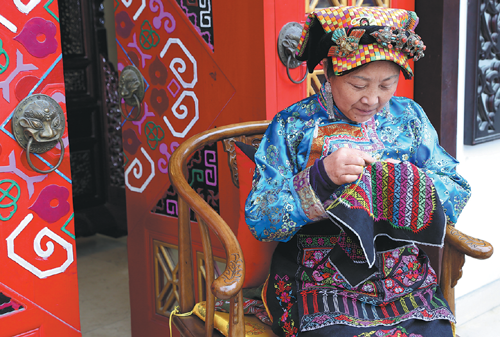
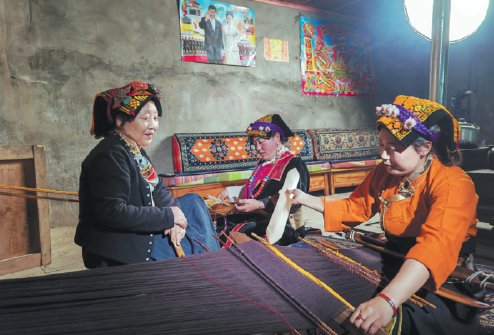
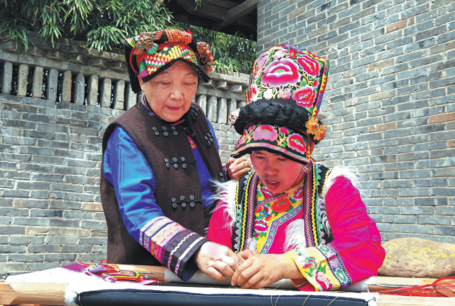
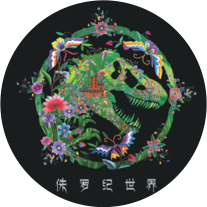

Today's Top News
- Xi extends congratulations to Kim over DPRK's 77th founding anniversary
- Xi meets Portuguese PM
- Autonomous regions making good progress on multiple fronts
- Trade fair highlights broadened opening-up
- New markets to spur foreign trade
- Global Governance Initiative a timely call




















